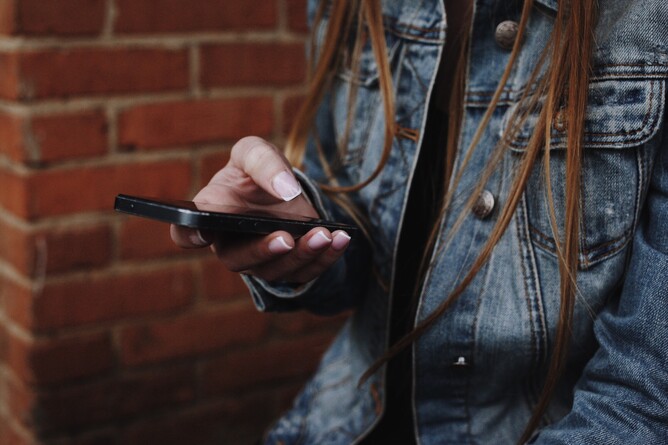Smartphone cameras have revolutionised how people can share their stories with the world. They are affordable, accessible, and easy to use, allowing anyone to capture and edit high-quality photos and videos with their mobile devices.
For the impoverished, poor, isolated, imprisoned or marginalised, smartphone cameras offer a powerful tool to document their realities, express their emotions, and raise awareness about their struggles. They can also use smartphone cameras to learn from others, connect with communities, and find inspiration and hope. Smartphone cameras enable people to tell their own stories in their own voices without relying on intermediaries or gatekeepers. They empower people to become not only consumers but also creators of visual content.
Some examples of how smartphone cameras have made a difference in the world of visual storytelling are:
- In 2011, Syrian activists used their smartphones to film and upload videos of the protests and violence that sparked the civil war. Their footage was widely circulated by international media outlets and human rights organisations, exposing the atrocities committed by the regime and inspiring more people to join the uprising. The smartphone camera became a weapon of truth and resistance for the Syrian people, who risked their lives documenting and sharing what was happening in their country.
- In 2014, a teenager named Joshua Wong used his smartphone to live stream the pro-democracy demonstrations in Hong Kong, known as the Umbrella Movement. His videos attracted millions of viewers and supporters worldwide, making him a leader and a symbol of the movement. The smartphone camera became a tool of mobilisation and solidarity for the Hong Kong people, who used it to communicate their demands and coordinate their actions.
- In 2017, a woman named Tarana Burke used her smartphone to tweet #MeToo, a hashtag that encouraged survivors of sexual assault and harassment to share their stories online. Her tweet sparked a global movement that brought down powerful abusers and gave voice to millions of women who had suffered silently. The smartphone camera became a platform of empowerment and healing for the women, who used it to break their silence and support each other.
- In 2020, a bystander named Darnella Frazier used her smartphone to record the killing of George Floyd by a police officer in Minneapolis. Her video went viral and ignited protests against racial injustice and police brutality across the United States and beyond. The smartphone camera became a catalyst of change and justice for the Black community, who used it to expose and challenge the systemic racism and violence they face daily.
The smartphone gives each of us the power to share stories, good and bad, and as we do so, hopefully, the world will become a better place because of it.
How will you use yours?
